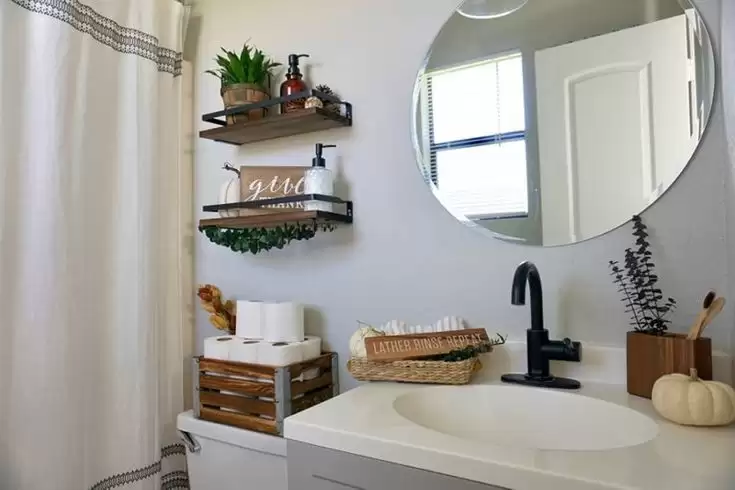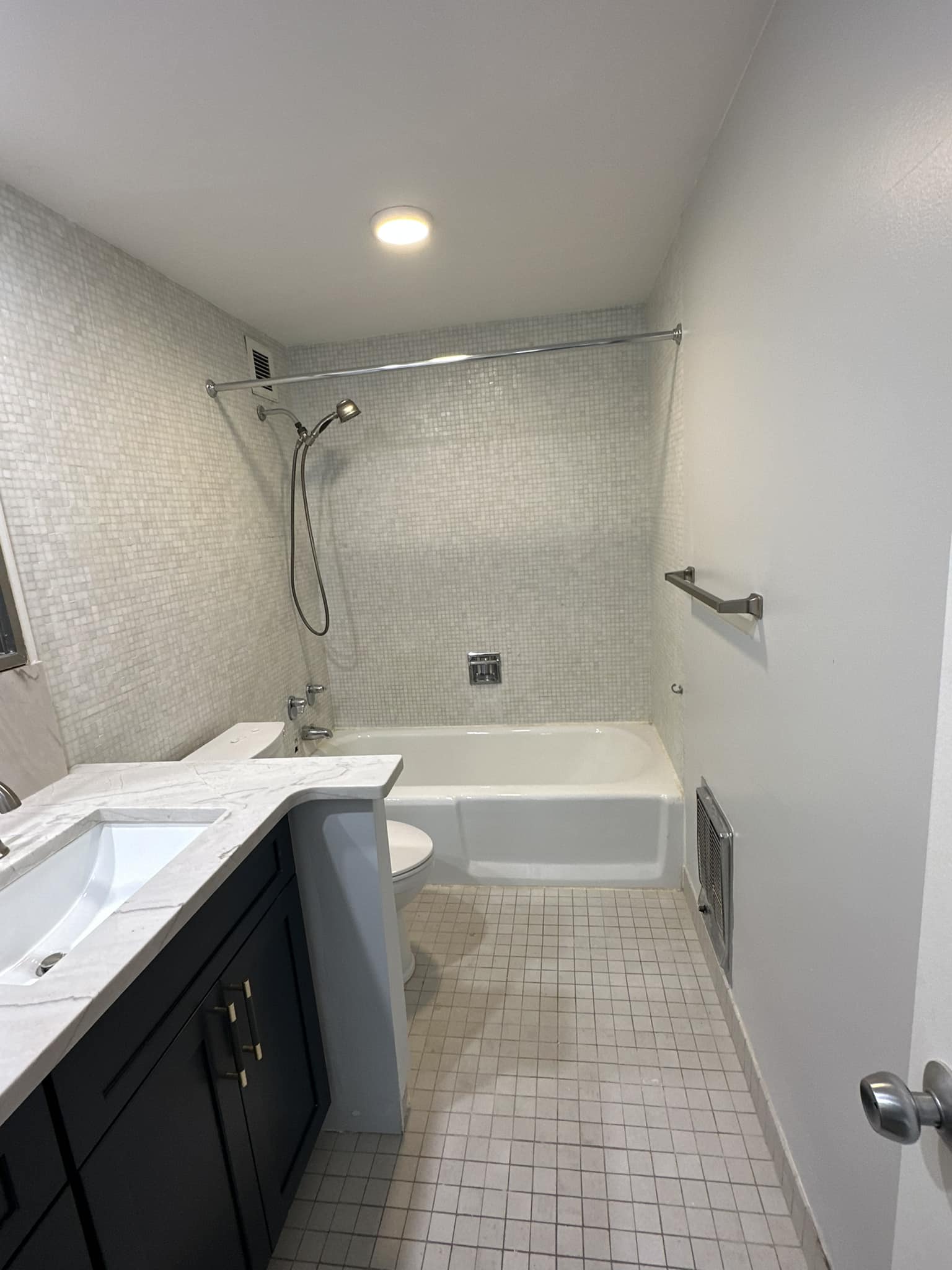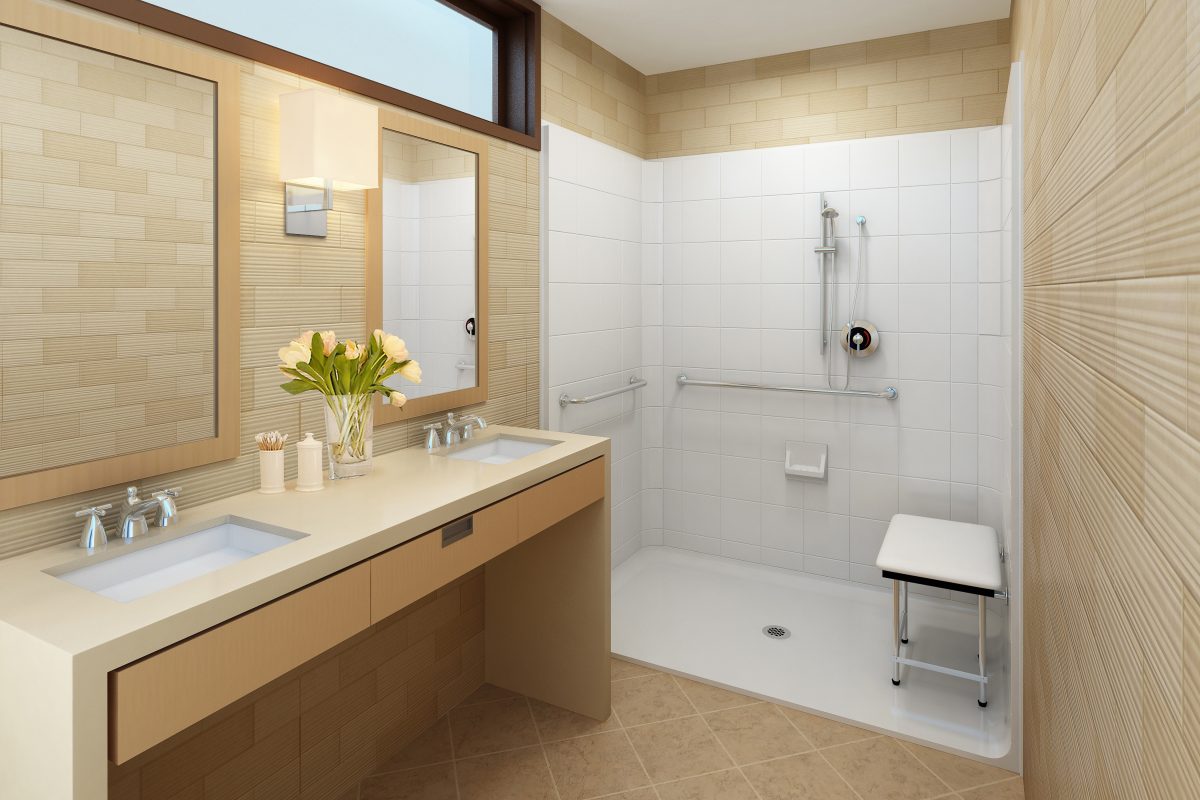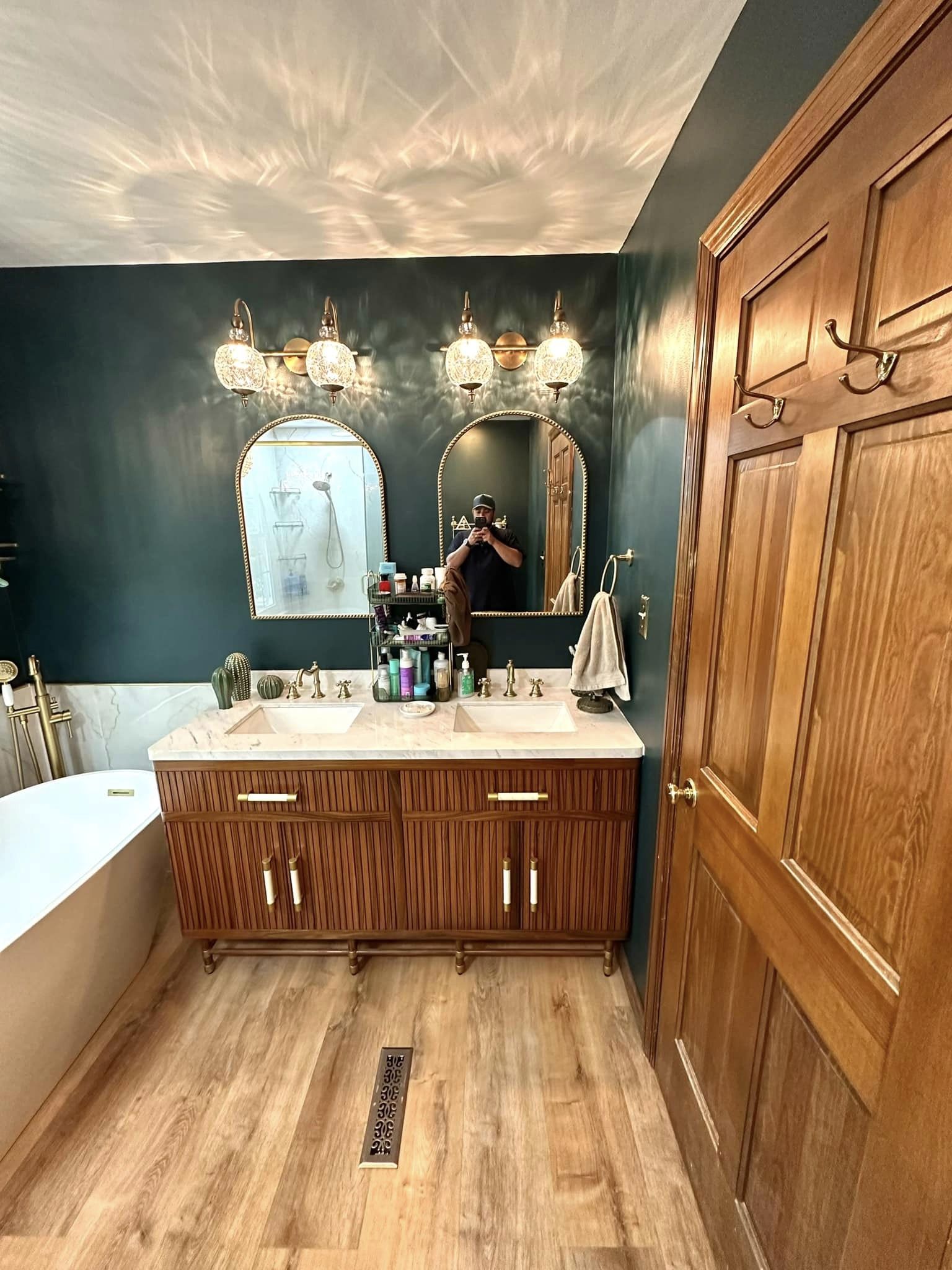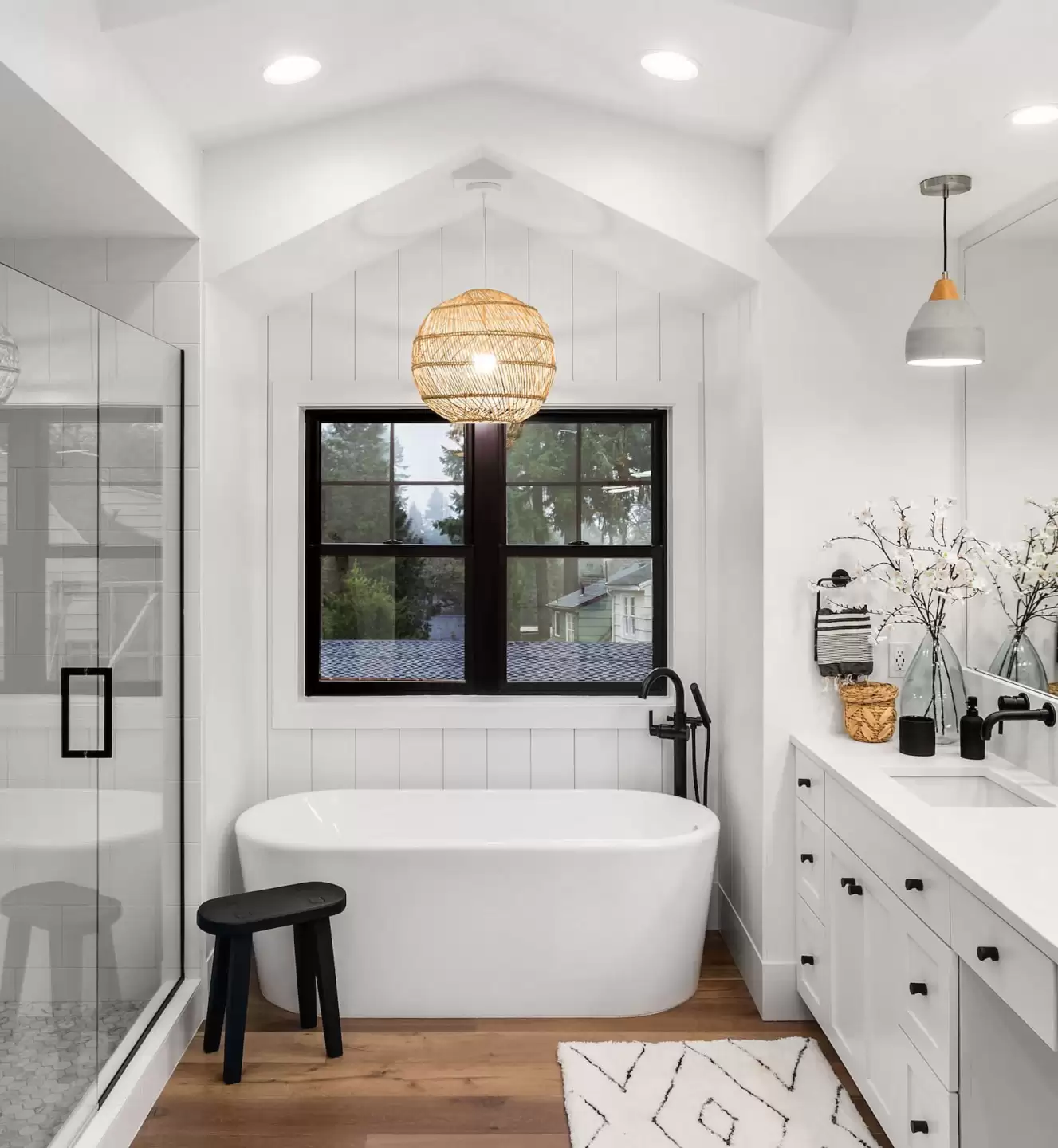For people with mobility issues, raised bathtubs can significantly improve their quality of life. By simplifying climbing in and out, these elevated walk-in bathtubs are designed for comfort, simplicity, and, most importantly, safety.
If you have a loved one who is disabled or who suffers from mobility issues, a raised walk-in bathtub may help them experience greater independence and safety around the home, regardless of whether they typically bathe alone or with help from a family member or home care nurse. They can also be an excellent option if you’re thinking about bathroom remodeling ideas!
What is a Raised Bathtub?
Understanding Walk-In Tubs
Also referred to as an elevated tub or a walk-in tub, a raised bathtub is just like a regular bathtub, but with a few important differences. A raised bathtub typically has:

- higher sidewalls than standard bathtubs, which allows someone to sit in the tub upright with the water coming up above their legs and waist.
- water-tight door that users can step through to enter the tub.
- seat that the user can sit on comfortably, keeping their head above the waterline.
- handle to help users stand up and sit down within the tub.
- very quick drain that removes the standing water from the tub in a matter of seconds.
Together, these unique features make walk-in tubs perfect for individuals with mobility issues and a nice alternative for ADA-compliant showers, especially if those handicapped individuals aren’t comfortable inside a full shower.
The Benefits of Raised Bathtubs for People With Mobility Issues
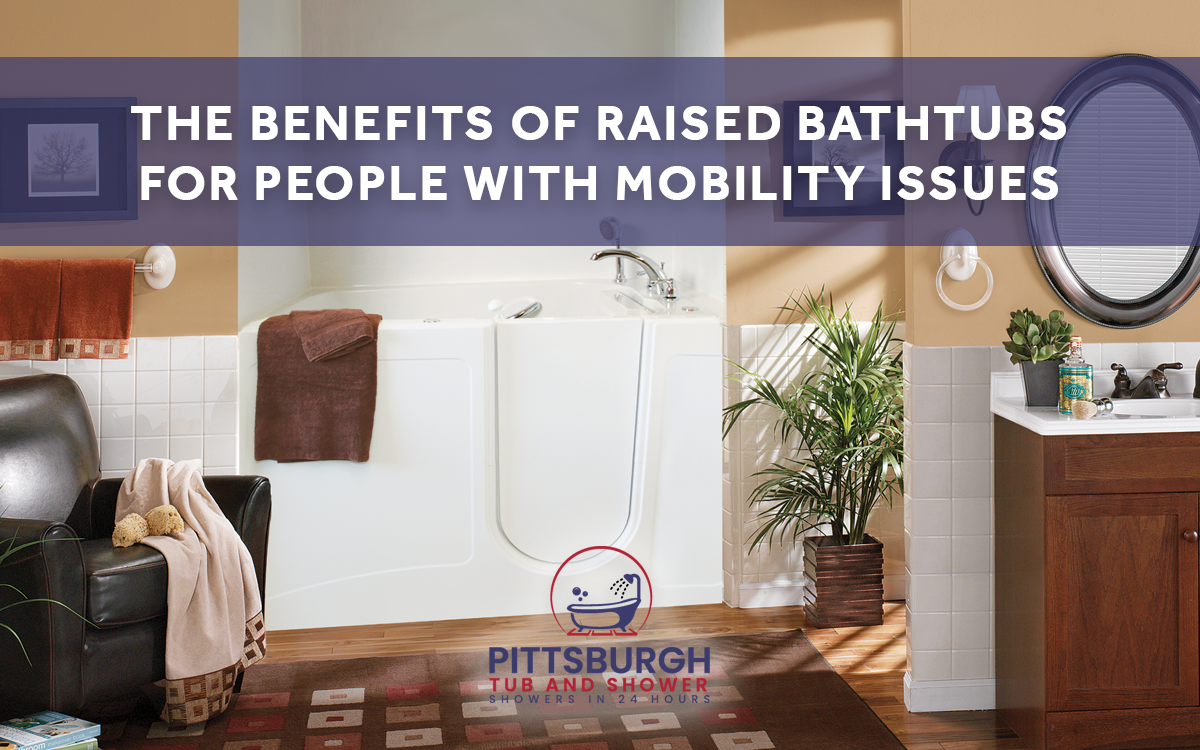
Walk-in tubs are great for individuals in wheelchairs and other people with disabilities primarily because they’re simpler to get in and out of.
A standard bathtub requires not only stepping in and out but also the ability to squat and sit—and then stand back up. This can be challenging for a variety of people, but it can be especially challenging for the elderly, people with joint issues, and individuals who are recovering from any sort of injury.
But a raised bathtub can be stepped right into, without any sort of significant threshold to step over. And once the user is inside the tub, they can sit down on the built-in seat.
Then, once they’re seated and they’ve closed the water-tight door, they can turn on the water, and the tub will fill up much like any other tub.
Some raised bathtub models also come equipped with whirlpool jets, which can provide a soothing massage function beneficial for individuals with pain in their back or legs.
As an additional benefit, these raised bathtubs can be easier to bathe in alone. Since these walk-in tubs are easier to get in and out of without assistance, many users require little to no assistance from family or home care nurses.
What Are My Options For Raised/Walk-In Bathtubs in Pittsburgh?
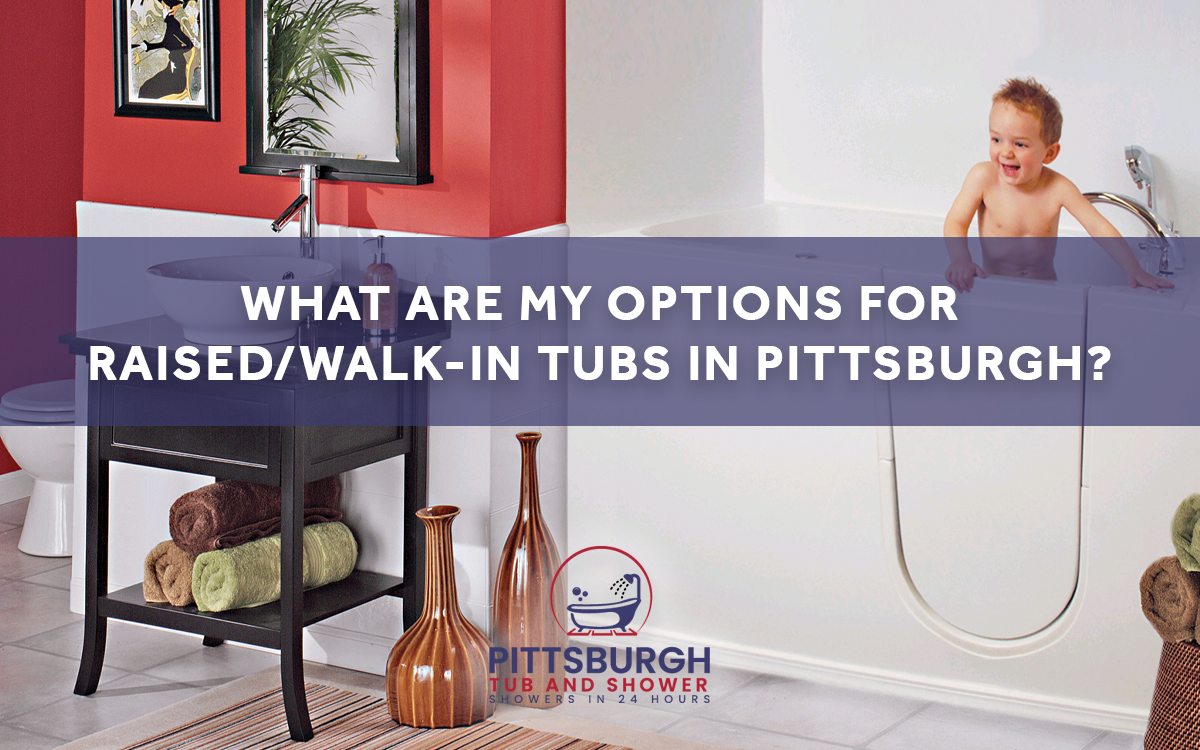
Like many other bathroom appliances and accessories, walk-in bathtubs come in a variety of models and features.
Some of the most common raised bathtub models you’ll likely come across include:
Soaker tubs –
This is your most basic raised bathtub model. It’s the most affordable option, but it likely won’t come with water jets, wheelchair accessibility, and other useful features.
Wheelchair-accessible tubs –
While these are designed with wheelchair-bound individuals in mind, these tubs are also useful for individuals who need a little more help getting into the seat. The big feature here: A wider door that opens directly to the seat itself.
Aerotherapy tubs –
These tubs use air bubbles to provide gentle massages through the water.
Hydrotherapy tubs –
These tubs are similar to aerotherapy tubs, but they use heavier jets to massage users. While this can be soothing for individuals with sore muscles or joints, caution should be taken for individuals with sensitive skin.
There are other models out there with various other features, including tubs that use aromatherapy and even chromotherapy (light therapy) for an extra-relaxing bath experience. But the tubs we listed above tend to be the most common!
Can I Install A Raised Bathtub In My Home?
How to Get A Walk-In Tub in Pittsburgh
If you think you or a loved one could benefit from a raised bathtub, you’re in luck: You can have one installed in your home!
In many cases, your walk-in bathtub can be installed in the same exact location as your current tub, though you could also decide on a bigger option that goes in a different spot in the bathroom.
But take note: Most raised bathtubs require about 50 gallons of water to be properly filled. But if you only have a 40-gallon tank for your water heater, you may find it difficult to properly fill the tub for a bath. Be sure to check your water tank before purchasing a walk-in tub!If you have questions, contact us. We’ll be happy to discuss your raised bathtub options in Pittsburgh and the surrounding regions. And be sure to explore our financing options, which can make installing your new bathtub even more affordable and convenient!




